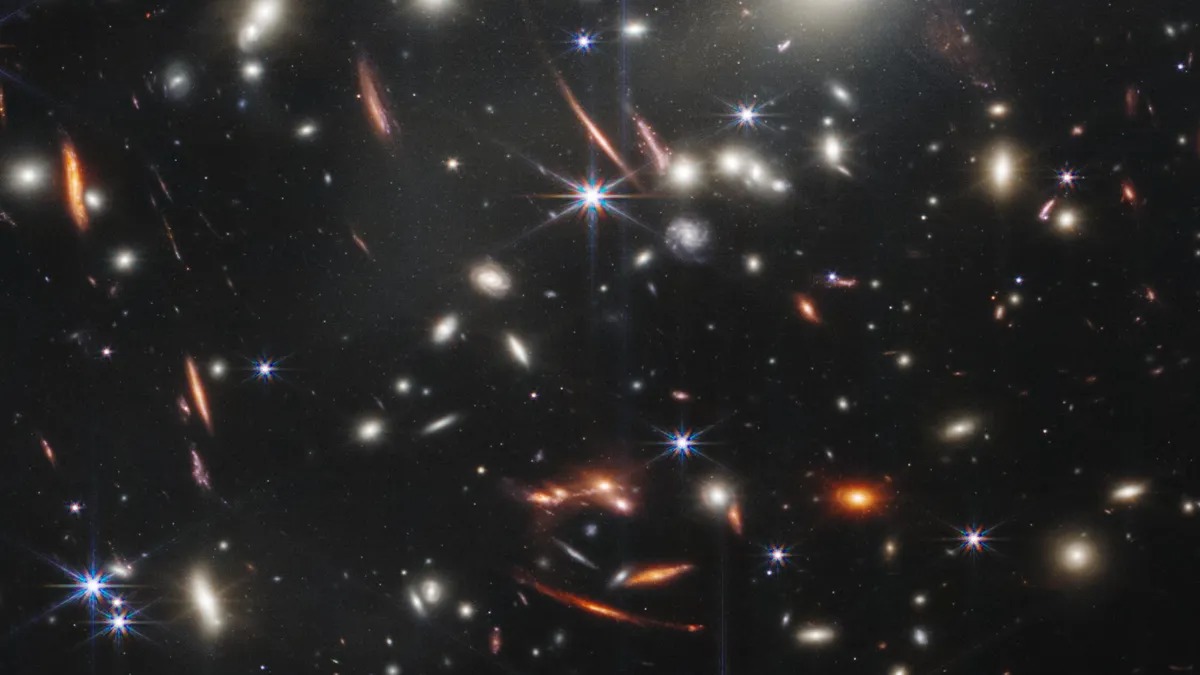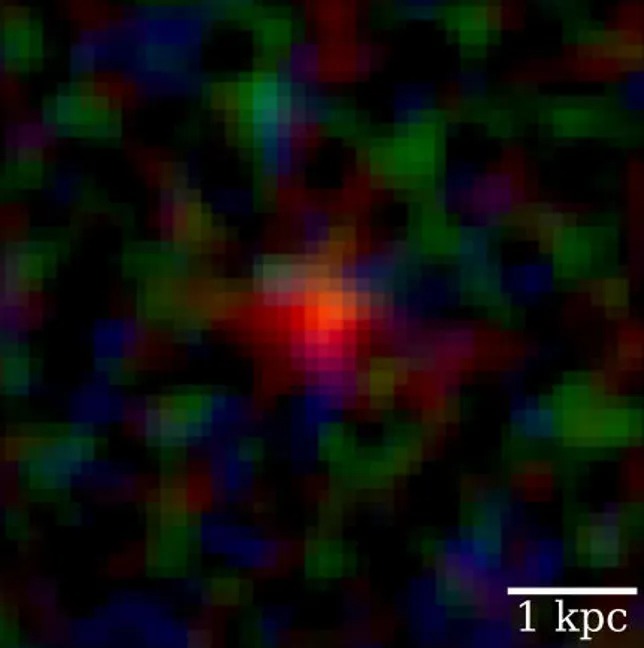A week ago, humanity admired the images of the James Webb Space Telescope. Literally immediately, the most distant galaxy of the Universe, GLASSz-13, or GL-z13 for short, was found in the photos. This discovery broke out on the Internet, the main world media even wrote about the record find. But seven days later, the telescope broke its own record – an even more distant galaxy was found.

First of all, it is important to note that GL-z13 is only a “candidate” that requires further research to confirm its status as one of the most distant. Now GLASSz-13 has a competitor. In a series of new articles published this week on arXiv, astronomers have selected several more distant galaxies – this is a demonstration of the amazing power of the revolutionary James Webb Space Telescope.
As soon as the researchers got access to the first batch of JWST data, they began to search for distant galaxies. James Webb is best suited for such a “space hunt”, because it sees space in infrared light, and not in visible light, as Hubble does. Visible light from the oldest galaxies in the Universe has a characteristic “red shift”. As the Universe expanded after the Big Bang, the wavelengths of light are stretched, and the spectrum of objects that are very far away and moving away from us is shifted towards a redder wavelength. Astronomers indicate redshift with the letter z. Higher values of redshift mean looking into the past. For example, z = 1 corresponds to about 7.7 billion years ago, while z = 10 corresponds to about 13.2 billion years ago.
In the documents uploaded to the arXiv, there are not even one, but as many as three candidate galaxies with a z value of more than 16. This would correspond to about 13.6 billion years ago. But one interesting object is especially unique because it has a record z = 16.7, which would correspond to about 250 million years after the Big Bang.

If these galaxies are so far away, then how far was GL-z13? This “record-breaking” distant galaxy has a z value of about 13. So this sensation literally lost its status as the oldest in the Universe in a week.
Earlier we created a test in which you can examine yourself how well you know James Webb.
Follow us on Twitter to get the most interesting space news in time
https://twitter.com/ust_magazine

